Gray Marmot
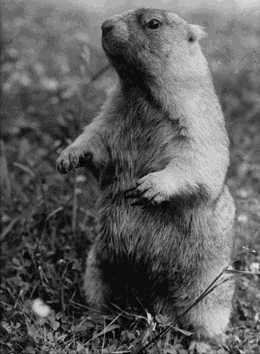 1.
1.
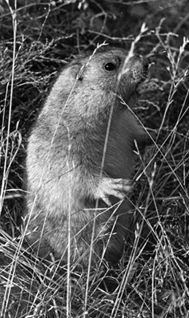 2.
2.
 1.
1.
 2.
2.
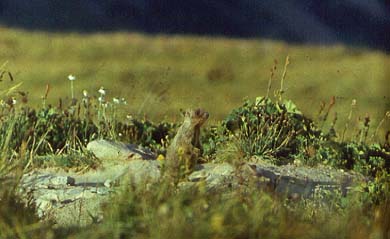 3.
3.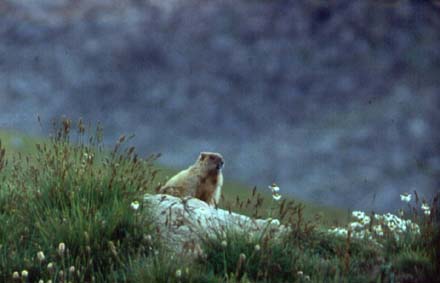 4.
4.
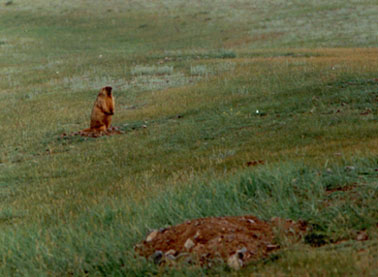 5.
5.
Marmota baibacina is a mountain species, similar to baibak and tarbagan (body length up to 65 cm, tale length - up to 13 cm), but the fur is longer and softer. The upper head is dark. The eyes are situated on the top part of the head as well as they are situated in all burrow animals. Thats why marmot could see everything around when it leans its head out of the burrow, being practically invisibale for observer. Gray marmot is ecologically plastic species, what allow it to inhabite steppe and mountain regions. It occurs in forestless montains of the Altai and West Sayan, in hill steppes of the Tomsk and Kemerovo regions, in the environs of Novosibirsk, in Salair, in alpine meadows of the Tien Shan. Gray marmot inhabites hillsides and mountainsides up to 4000 m above the water level. Butans of this species are slightly expressed comparing to butanes of valley marmots, because the produced earth easily rools down from the slope. Burrow entrance has an observation landing. Gray marmot eat plants selectively, pluck them, therefore it does not disrupt plant cover as hoofed animals do. In the places where somebody (for example herdsmen) disturbes marmots, they eat in the night time. Hybernation continues approximately seven monthes. This species is rare one everywhere and the hunting for it is forbidden. This animals are native carrier of plague agent and carry existance of plague centres in mountains of Middle Asia, the Altai and Tuva.